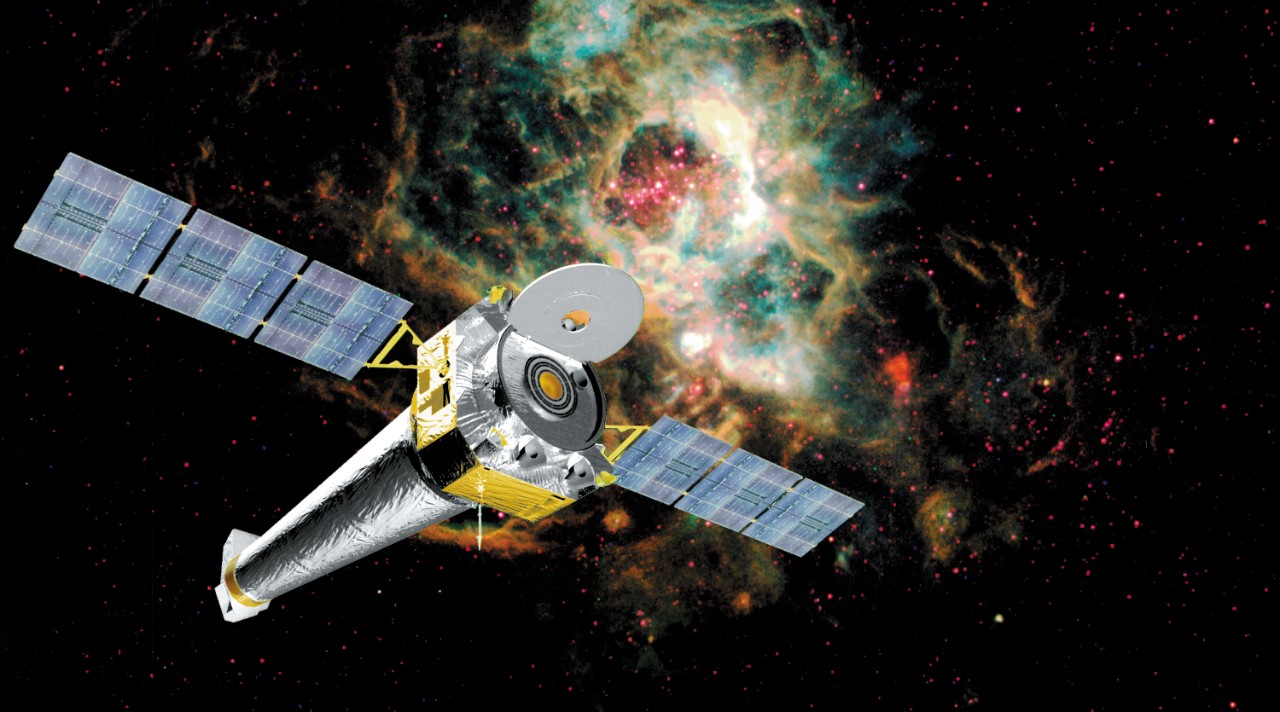
Cosmos: UC physicist explores distant newborn stars
Physicist Matthew Bayliss found a cluster of stars spawned by a black hole
University of Cincinnati assistant professor Matthew Bayliss talked to Cosmos Magazine about his research into distant supermassive stars that burn hot and die young.
Finding these newborn stars is difficult because they are so comparatively short-lived. Bayliss examined a galaxy cluster in the Phoenix constellation that was generating many new stars from a central black hole.
Bayliss, a physicist in UC's McMicken College of Arts and Sciences, and his research partners used a technique called gravitational lensing to observe the distant stars with help from NASA's Chandra X-ray Observatory and the Hubble Space Telescope.
The study, led by Massachusetts Institute of Technology assistant professor Michael McDonald, was published in the The Astrophysical Journal.
“In the past, outbursts from the undersized black hole may have simply been too weak to heat its surroundings, allowing hot gas to start cooling,” Bayliss told the magazine.
“But as the black hole has grown more massive and more powerful, its influence has been increasing.”
Bayliss was lead author for a related research project on distant stars that was published in Nature Astronomy.
That study marked the first use of gravitational lensing to observe distant stars through X-ray detection.
Featured image at top: An artist's rendering of NASA's Chandra X-ray Observatory. Illustration/TRW

UC physicist Matthew Bayliss is studying supermassive stars using NASA's Chandra X-ray Observatory. Photo Illustration/Lisa Ventre and Margaret Weiner/UC Creative Services and NASA
Related Stories
UC awarded nearly $1 million to help fight infant obesity spike
December 12, 2025
University of Cincinnati researcher Cathy Stough spoke with Spectrum News1 about a nearly $1 million National Institutes of Health grant awarded to UC to help prevent infant obesity through early nutrition support and family-based interventions.
Celebrating the newest Bearcats on Decision Day
December 11, 2025
The University of Cincinnati admits its newest Bearcats for Fall 2026. Interest in the university is at an all-time high with more than 35,000 applicants for admission. Decision Day was also a time to celebrate 10 new Marian Spencer Scholarship recipients.
UC alumna named a 2026 Marshall Scholar
December 10, 2025
The British Government announced the 43 American students who will receive Marshall Scholarships for 2026, including UC alumna Taylor Allgood. The new recipients will begin their graduate studies at leading universities in the United Kingdom next September.
